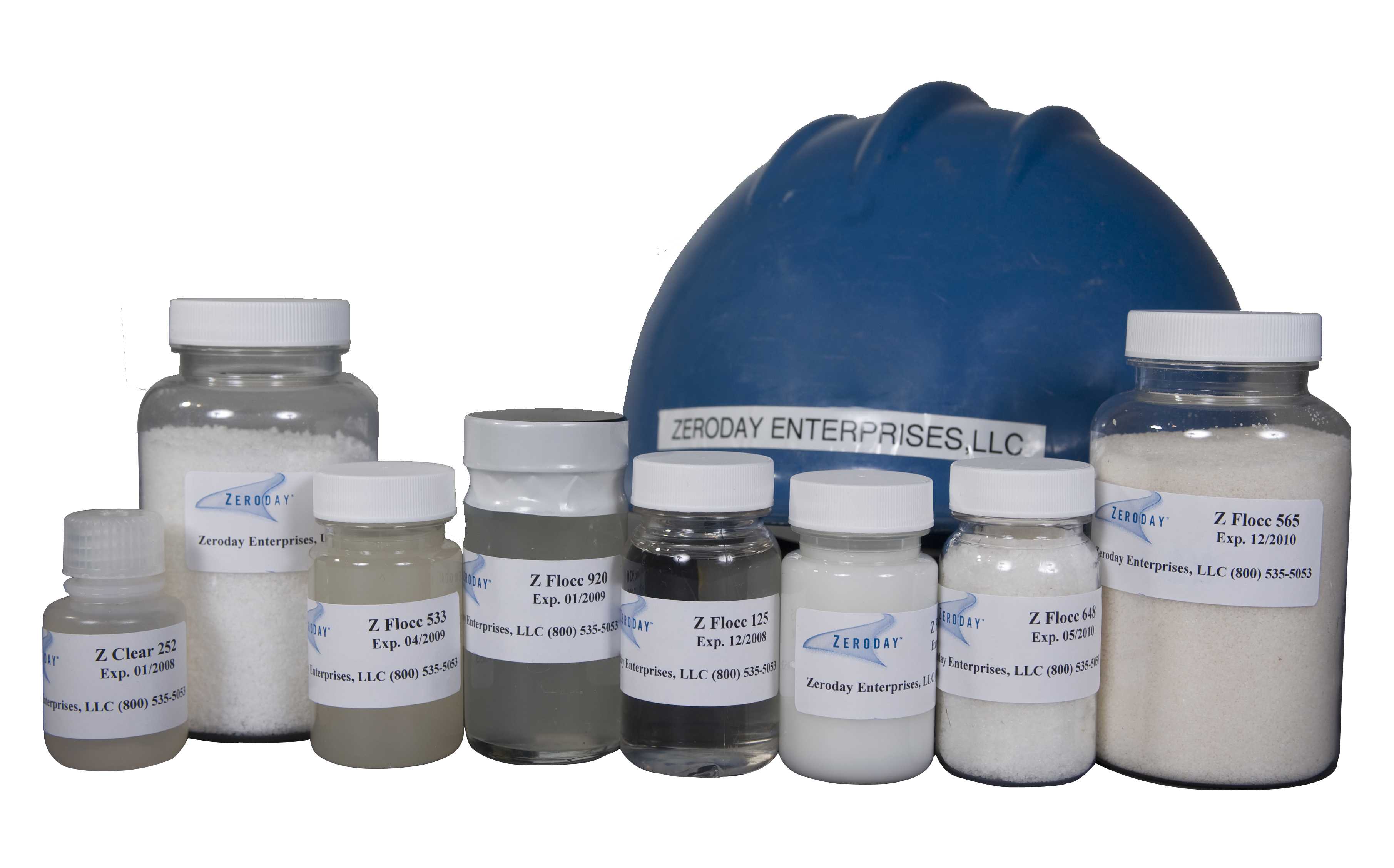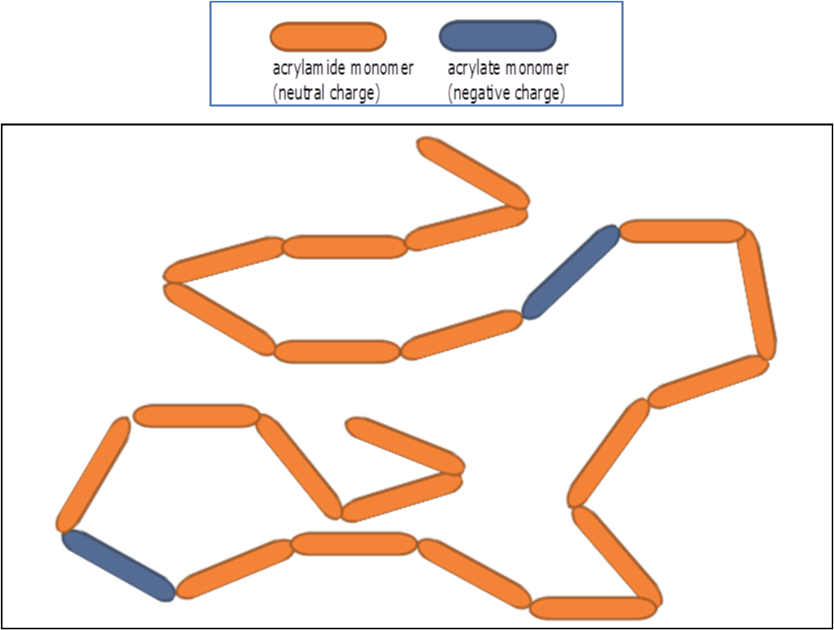What are flocculants

Z Flocc™ Flocculants
Even the best designed and effective solids-liquids process equipment require addition of flocculants to make these systems work. Flocculating the solids in slurries and sludges before treatment in unit operations ranging from thickeners, clarifiers, filters, dissolved air flotation, induced air flotation and their variants is necessary. But what are flocculants, what do they look like and how do they work?
Water treatment flocculant chemistries are but a specific class of a wide range and common long chain polymers that naturally occur and are synthesized including by way of example starches, sugar, cellulose, nylon, plastics, proteins, vinyl, Teflon and many, many others. Polymer chains are composed of repeating molecule units called monomers so technically are poly-monomers which is shortened to polymer. Polymers fall into several classes depending on their physical characteristics and properties that are defined by the polymer’s basic structure, how the monomers are arranged and actual monomer chemical composition. The resulting polymer properties impact how the chains interact at the micro scale and how these interact with water, solutions, chemicals and solvents at the macro scale.
Flocculants fall into the water soluble polymer class which means, naturally, these are readily and highly soluble in water. These are predominantly synthetic but chemically modified or unmodified natural polymers also fall into this classification. Once dissolved in water, flocculants do not salt or precipitate out of solution unless there is a chemical reaction.
If the polymer in the water phase is a good match chemistry-wise to the solids surface chemistry, the polymer molecules readily adsorb onto the particles. Polymers are so surface active that if there is sufficient particle surface area available, essentially all the dissolved flocculant molecules
will be abstracted from the water phase. This abstraction is very fast and essentially completely removes any residual flocculant in the water.
 Illustration provided by SNF Holding Company |
The flocculant particle surface adsorptive affinity factors are basically defined by three flocculant chemistry characteristics:
Lab testing followed by plant evaluations are required to identify the optimum combination of these chemistry characteristics for a solids-liquid separation operation. |
| Learn more about Zeroday’s Z Flocc floccuants. |
| Download Product Brochure |
| Download PDF Version |
| Contact Zeroday today at 1-503-582-9067 to discuss your flocculant needs. |



